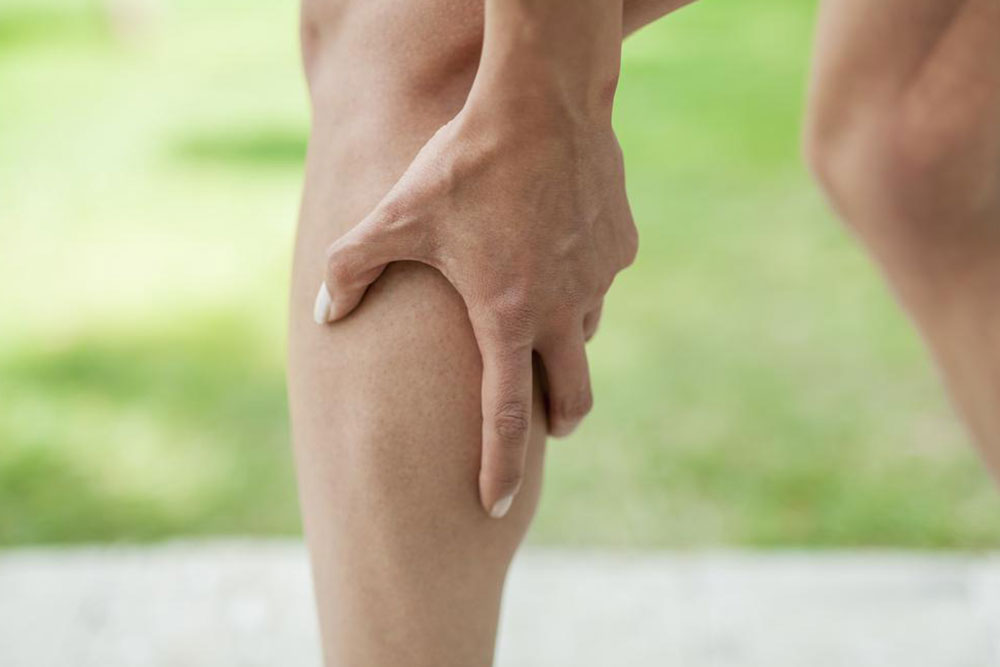Comprehensive Lifestyle Approaches to Alleviate Persistent Back Pain
This comprehensive guide explores effective lifestyle strategies for managing persistent back pain, emphasizing holistic approaches such as mindset management, stretching exercises, thermal therapy, core strengthening, and sleep improvement. By adopting these habits, individuals can reduce pain symptoms, enhance well-being, and minimize dependence on medications. The article highlights the importance of a proactive lifestyle in controlling chronic back discomfort, providing practical tips backed by scientific research for long-term relief and improved quality of life.

Comprehensive Lifestyle Approaches to Alleviate Persistent Back Pain
Chronic back pain is a common health challenge that affects millions worldwide, manifesting as persistent discomfort predominantly localized in the lower back region. This condition is characterized by pain that lasts for weeks or even months, often disrupting daily activities and reducing overall quality of life. According to recent epidemiological studies, over 50 million people across the country endure some form of chronic back pain, making it one of the most prevalent musculoskeletal disorders today. Despite its widespread nature, effective management of this condition remains complex due to its multifactorial etiology, which includes physical, psychological, and lifestyle factors.
Many individuals seek relief through prescription medications, such as opioids or anti-inflammatory drugs, which can provide temporary alleviation but come with potential side effects and dependency risks. Fortunately, recent advances in pain management emphasize a holistic approach, integrating lifestyle modifications that empower patients to take control of their symptoms. These strategies not only target physical symptoms but also address mental health components associated with chronic pain, offering a more sustainable path toward pain relief and improved well-being.
Although such lifestyle interventions may not completely eradicate chronic back pain, they can significantly reduce symptom severity, decrease reliance on medications, and enhance overall quality of life. Here, we explore some essential lifestyle strategies that have proven effective in managing persistent back discomfort:
Mindset Management and Psychological Approaches : Pain perception is heavily influenced by brain activity and mental state. Emerging research demonstrates that psychological factors—such as stress, fear, and anxiety—can amplify the experience of pain. Implementing mindfulness meditation, cognitive behavioral techniques, and relaxation practices can reframe pain perceptions, reduce emotional distress, and lower perceived pain intensity. Training the mind to focus on positive coping mechanisms helps break the cycle of pain and psychological suffering.
Targeted Stretching and Flexibility Exercises : Tight muscles, especially hamstrings, play a significant role in lower back pain. The hamstring muscles connect to the pelvis and lower spine, and when they are overly tight, they increase stress on the lumbar region. Regular stretching routines aimed at improving flexibility in the legs and hips can alleviate undue strain. Examples include seated hamstring stretches, gentle yoga poses, and leg lifts. Incorporating these into daily habits can prevent muscle tightness, maintain proper posture, and reduce the risk of flare-ups.
Thermal Therapy for Pain Relief : The use of heat and cold applications remains a cornerstone of conservative back pain management. Cold packs or ice measures help minimize inflammation, numb nerve endings, and curb muscle spasms. Conversely, heat therapy—such as warm compresses or heating pads—enhances blood flow, relaxes tense muscles, and accelerates the healing process by delivering oxygen and nutrients to affected tissues. Strategically alternating between hot and cold treatments can maximize pain relief and facilitate recovery.
Core Strengthening Exercises : Developing a robust core is vital for supporting the spine and reducing back strain. Core exercises focus on strengthening the abdominal muscles, pelvic floor, and lower back muscles. Engaging in targeted workouts, such as planks, bridges, and gentle pelvic tilts, enhances stability and posture, thereby minimizing injuries and controlling pain flare-ups. Regular core strengthening not only alleviates discomfort but also acts as a preventive measure against future episodes of back pain.
Improving Sleep Quality : Poor sleep habits or sleep disturbances are frequently linked to heightened pain sensitivity and delayed recovery. Optimizing sleep hygiene involves maintaining a consistent sleep schedule, creating a comfortable sleeping environment, and avoiding stimulants before bedtime. Proper rest supports tissue repair, reduces inflammation, and enhances the body's natural healing processes. Addressing sleep issues can significantly diminish back pain severity and promote overall health.
Incorporating Alternative and Complementary Treatments : Complementary therapies such as aerobic exercises, massage, acupuncture, and meditation have gained recognition for their role in managing persistent back pain. These activities stimulate the release of endorphins—the body's natural painkillers—and improve mood and relaxation. Regular participation in low-impact aerobic activities like walking, swimming, or cycling promotes cardiovascular health and reduces muscle stiffness. Additionally, massage therapy can alleviate muscle tension and improve circulation, contributing to pain relief. Meditation and deep breathing exercises help manage stress levels, which are often correlated with pain intensity.
By integrating these lifestyle modifications into daily routines, individuals suffering from chronic back pain can experience meaningful improvements in their symptoms. While these strategies may not replace medical treatments entirely, they serve as valuable adjuncts that foster a holistic approach to pain management. Patients are encouraged to consult healthcare professionals to develop personalized plans tailored to their specific conditions and needs. Ultimately, embracing a proactive lifestyle approach empowers individuals to regain control over their health, reduce reliance on medications, and enjoy a better quality of life, free from the limitations imposed by persistent back pain.





